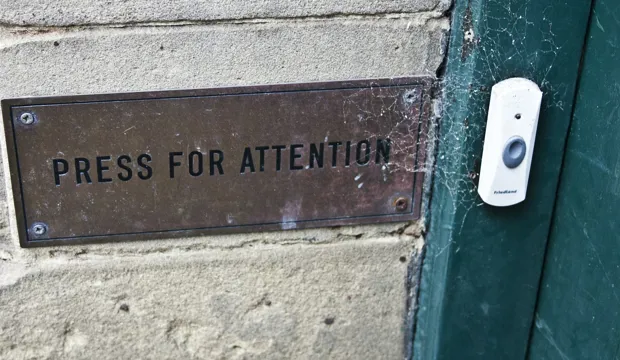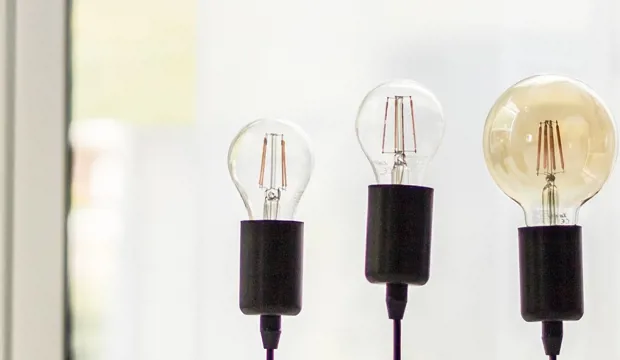
How to make a simple electronic switch
Assemble a variety of different switches from common items
Learn how electronic switches work and assemble a variety of different switches in this fun and engaging STEM activity!
This is a free resource that could be used in KS2 as an extension to an activity to introduce circuits, or to support a design and make project, such as the doorbell activity or adding a motor to the ‘cardboard cars’ activity.
Activity: How to make a simple electronic switch
In this activity pupils will assemble a variety of different switches from commonly available items. This develops understanding of how switches are used, electrical conduction and how electric circuits function.
The presentation below includes an image of the circuit and detailed instructions on assembling the switches. If an alternate buzzer is used, this may require different batteries and an appropriate holder.
Sticky tape can be used to insulate the joins and prevent short circuits.
Where needed, it can be advantageous to use a hole punch to create the holes as it reduces the risk of tearing. Alternatively, holes could be made by pushing through the card with a sharp pencil, into a piece of modelling clay. If tearing does occur, this can be addressed by using sticky tape on the rear of the part or background.
As an extension activity, a ‘blister switch’ is an improvement on the metal foil switch. It comprises of two pieces of foil, each connected to the circuit, but separated by a piece of card in which a square or circle is cut. The foil needs to be taut over the cut-out hole. When the top piece of foil is pressed, this should make a connection, and when pressure is released, the fold should cease to make contact.
This activity will take approximately 70-90 minutes.
Tools/resources required
- Projector/Whiteboard
Components:
- 4 x AA batteries in holder
- Buzzers (e.g. Miniature Electronic Buzzer 6v)
- 3 lengths of wire, each 100-150 mm long (only a single length is required if a battery holder with attached wires is used; no wires will be needed if the buzzer also has attached wires)
- 4 metal split pin fasteners and 1 paper clip per pupil
- A5 pieces of card (can be cut to A6 for backing of the paper clip switch and 2 x A7 for the folded and foil switch)
- Metal foil
- Sticky tape or electrical insulation tape.
(Potential sources for the components include http://www.rapidonline.com/ and https://www.tts-group.co.uk/primary/dt/electricity/)
- If needed: Wire cutters/strippers
Optional:
- Hole punches (ideally single hole punches)
- Scissors
- Pre-made models of each switch, for demonstration
Electronic switches
An electrical circuit is a group of components that are connected together, typically using wires. The wires are usually copper metal, which is highly conductive, coated with insulating plastic, to prevent electric shocks. The circuit must be continuous (i.e., have no breaks) to allow electricity to flow through the components and back to its source, such as a battery. Switches make a gap in the circuit to stop electricity flowing when they are open. There are a wide variety of different types of switches that can be used.
The engineering context
Circuits form the basis of all electrical equipment, ranging from lighting in homes to televisions and computers.
Suggested learning outcomes
By the end of this activity students will be able to construct an electrical switch, they will have an understanding that a complete circuit is required for electricity to flow, and they will be able to construct an electrical circuit.
Download the free How to make a simple electronic switch activity sheet below!
All activity sheets, worksheets and supporting resources are free to download, and all the documents are fully editable, so you can tailor them to your students’ and your schools’ needs.
The activity sheet includes teacher notes, guidance, useful web links, and links (where appropriate) to the national curriculum in each of the four devolved UK nations; England, Northern Ireland, Scotland and Wales.
Please share your classroom learning highlights with us @IETeducation.




